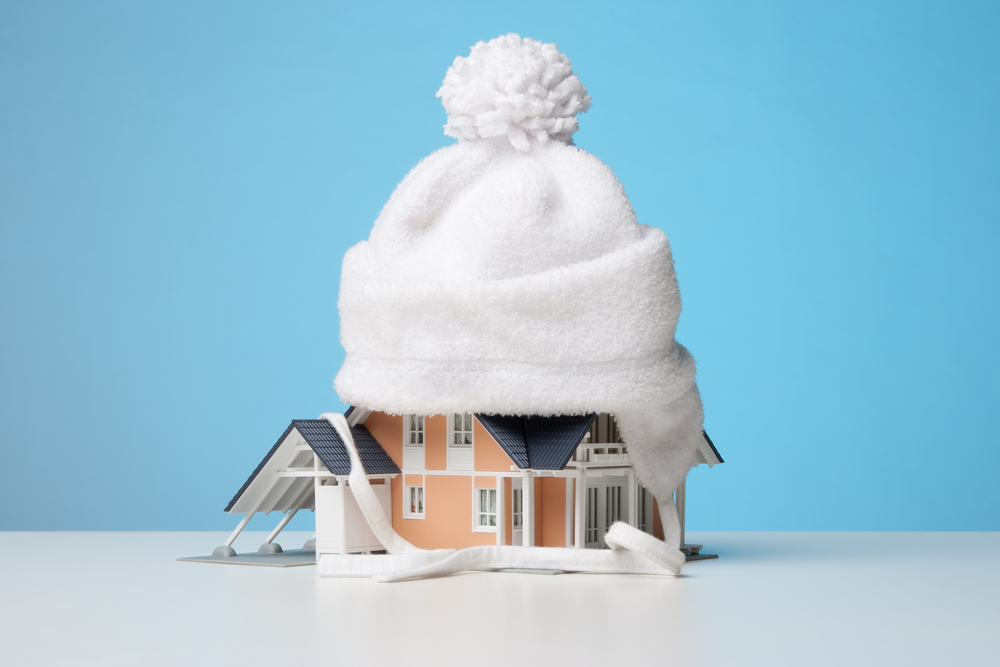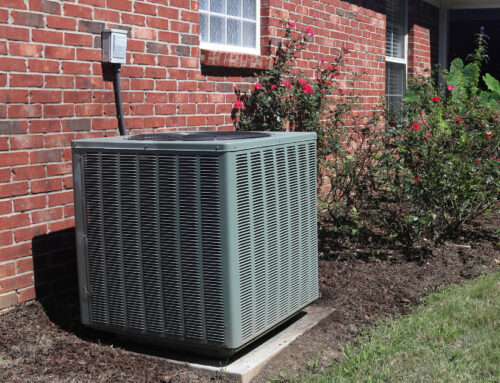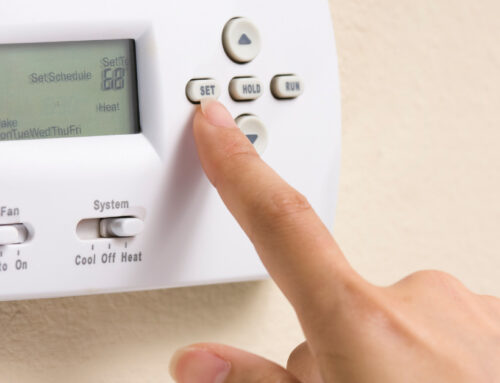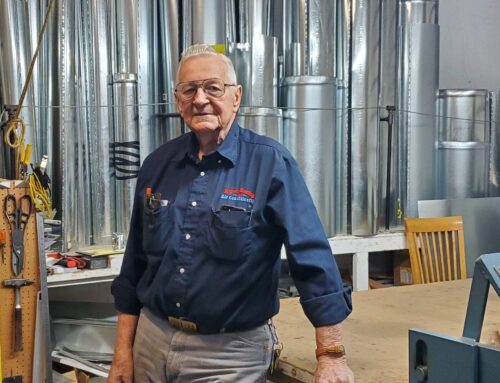It’s that time of year again, where temperatures are dropping, and we set our thermostats to heat, only to consider turning the AC back on a few days later, which makes it a great time to think about having your furnace serviced for the upcoming cold weather.
We rely heavily on our furnaces to keep us safe and warm during the cold season, and it can be a major inconvenience when they break or aren’t working properly. Regular, preventative maintenance to your system can help prevent those situations, potentially lower your energy bill, and protect your family.
I’ve discussed HVAC maintenance in a prior column “What happens during my HVAC maintenance service?” but there are some additional items we check off when servicing your furnace:
Igniter/Pilot light
Gas units utilize an ignitor or pilot light to light the gas and start the furnace burners. If either the pilot or ignitor is dirty, loose, or damaged, your furnace could shut down or fail to cycle on. Your technician will perform an inspection of these parts, clean and check connections to ensure they are working correctly.
Inducer Blower
The inducer blower is one of the most important pieces of your furnace. It draws the air used for combustion into your furnace and sends dangerous gasses created by the combustion process outside through the flue pipe. It starts before the rest of your furnace does, so if there’s a problem, the safety system will prevent the combustion process from starting and you will have no heat. Your technician will check for proper operation of the inducer subsystem.
Heat Exchanger
The heat exchanger is the part of your furnace that actually heats the air blown into your home. Once the burners ignite, the hot gases pass through the inside of the heat exchanger and make it hot. Your main blower blows air over the outside of the heat exchanger, heating the air that is then sent into your home via your duct system. Your technician will check the heat exchanger for cracks or damage that could cause carbon monoxide or other gases to pass from the inside to the outside of the heat exchanger and into the air that enters your home.
Additionally, the technician will also check your filters, look for any obstruction near your furnace and wipe the unit down.
I recommend getting your HVAC system serviced twice a year, once prior to or during cooling season and once prior to or during heating season. That way, you’ll know your system is up to the task when you need it. Regular maintenance will alert you to failing parts, keep your system clean, and help you know when your system is due for replacement. Above all, preventative maintenance will keep you comfortable and your family safe.
P.S.
Regular maintenance is the best way to prevent furnace problems, but there are signs you can look out for that may indicate an issue. Call your HVAC servicer if you notice any of the following:
- Unusual noises
- Higher than normal utility bills
- A persistent dirty or dusty smell
- Frequent on and off cycles
If you have a question or comment, I’d love to hear from you. Please send it to me at [email protected] and I’ll try to answer it in an upcoming column.






